الباحث : أحمد ماجد علي فقها
ماجستير لغة عربية وآدابها
الملخص
تهدف هذه الدراسة إلى استعراض نقدي شامل لأهم المحاولات والدراسات التاريخية والمعاصرة التي تناولت قضية تيسير النحو العربي، سواء تلك التي دعت إلى تبسيطه وتسهيله، أو تجديد بنيته ومناهجه، أو إحيائه من خلال منظورات حديثة، أو إصلاحه بتنقيته مما اعتراه من تعقيدات. يتجاوز البحث مجرد العرض ليصل إلى مناقشة دقيقة للأسس الفكرية والمنهجية لهذه الدراسات، وتقويمها بموضوعية لتحديد مدى نجاحها أو إخفاقها في تحقيق أهدافها المعلنة، مع بيان الأثر الذي تركته في مسيرة الدرس النحوي. يُستهل البحث بتحديد وتحليل المصطلحات المتعددة التي صاحبت دعوات التيسير، مثل “الإحياء”، “الإصلاح”، “التبسيط”، “التجديد”، و”التيسير” ذاته، مبيناً تداخلها الدلالي وأوجه الاتفاق والاختلاف بينها. ثم ينتقل إلى استكشاف الدواعي والأسباب العميقة التي حفزت هذه الدعوات، مثل نفور المتعلمين من دراسة النحو، وجمود بعض القواعد، وانفصالها عن الاستخدام اللغوي الحي، والحاجة إلى تقريب النحو لغير المتخصصين وللناطقين بغير العربية، بالإضافة إلى تحليل عيوب بعض كتب النحو التقليدية ومناهج النحاة والمادة النحوية ذاتها. يتتبع البحث بعد ذلك الجهود التي بذلها القدماء في هذا السياق، مشيراً إلى اعتمادهم على تأليف المختصرات والمنظومات والشروح، مع التركيز بشكل خاص على محاولة ابن مضاء القرطبي التي اعتبرت ثورة فكرية ونقطة انطلاق أساسية ألهمت الكثير من المحدثين. ثم ينتقل البحث إلى استعراض أبرز محاولات المحدثين، مع وقفات تحليلية عند جهود شخصيات بارزة مثل إبراهيم مصطفى، شوقي ضيف، تمام حسان، ومهدي المخزومي، ومناقشة آرائهم ومناهجهم في تيسير النحو أو تجديده. ويختتم البحث بتقديم مجموعة من التوصيات العملية والمقترحات التي يراها الباحث كفيلة بالإسهام في تيسير النحو العربي بشكل فعال، مع الإشارة إلى نماذج من كتب النحو الحديثة التي نجحت في تقديم المادة النحوية بأسلوب مبسط وخالٍ من التعقيد، دون أن يخل ذلك بأصول النحو العربي وقواعده الأساسية، سواء كان ذلك عن طريق الاختصار المنهجي، أو انتقاء الشواهد، أو إعادة تنظيم بعض الأبواب النحوية. اعتمد البحث على المنهج الوصفي التحليلي لعرض وتقويم هذه الجهود المتنوعة.
abstract
This research aims to provide a comprehensive critical review of the key historical and contemporary attempts and studies that have addressed the issue of simplifying Arabic grammar (Nahw), whether those advocating for its simplification and facilitation, the renewal of its structure and methodologies, its revival through modern perspectives, or its reform by purging it of accrued complexities. The research transcends mere presentation to engage in a meticulous discussion of the intellectual and methodological foundations of these studies, their objective evaluation to determine their success or failure in achieving stated objectives, and an elucidation of their impact on the trajectory of grammatical studies. The research commences by identifying and analyzing the various terms associated with the calls for simplification, such as “revival” (iḥyāʾ), “reform” (iṣlāḥ), “simplification” (tabsīṭ), “renewal” (tajdīd), and “facilitation” (taysīr) itself, illustrating their semantic overlaps and points of convergence and divergence. It then proceeds to explore the profound motivations and reasons that spurred these calls, such as learners’ aversion to studying grammar, the rigidity of some rules, their detachment from living linguistic usage, the need to make grammar more accessible to non-specialists and non-native speakers of Arabic, and an analysis of the shortcomings of some traditional grammar books, grammarians’ methodologies, and the grammatical material itself. The research subsequently traces the efforts undertaken by classical scholars in this context, noting their reliance on composing abridgments (mukhtaṣarāt), versified treatises (manẓūmāt), and commentaries (shurūḥ), with particular emphasis on the endeavor of Ibn Maḍāʾ al-Qurṭubī, which was deemed an intellectual revolution and a foundational point of departure that inspired many modern scholars. The research then moves to review the most prominent endeavors by modern scholars, with analytical discussions of the contributions of notable figures such as Ibrāhīm Muṣṭafā, Shawqī Ḍayf, Tammām Ḥassān, and Mahdī al-Makhzūmī, examining their views and methodologies concerning the simplification or renewal of grammar. The research concludes by presenting a set of practical recommendations and proposals deemed by the researcher to be capable of effectively contributing to the simplification of Arabic grammar. It also highlights examples of modern grammar books that have successfully presented grammatical material in a simplified and uncomplicated manner, without compromising the fundamental principles and rules of Arabic grammar, whether through systematic abbreviation, selective use of attestations (shawāhid), or the reorganization of certain grammatical chapters. The research employed a descriptive-analytical methodology to present and evaluate these diverse efforts
